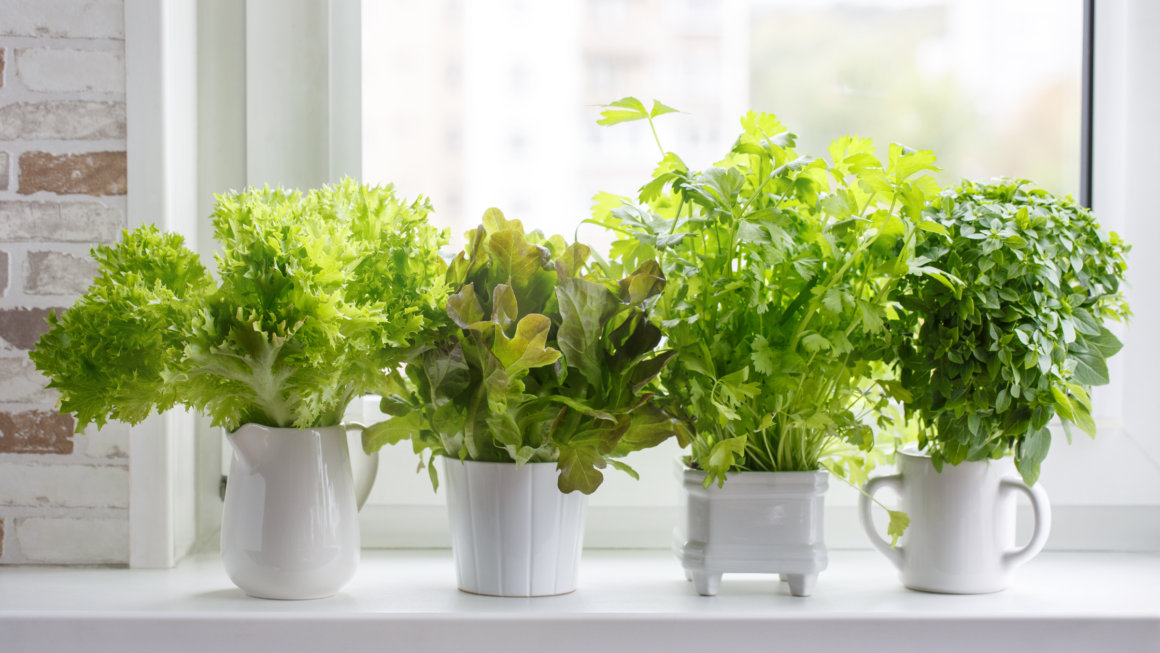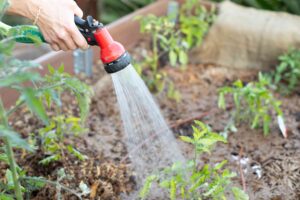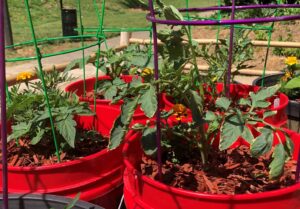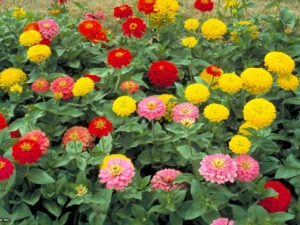Indoor Herb Garden Kit: Your Complete Guide to Growing Fresh Herbs Year-Round
Fresh herbs elevate ordinary meals to extraordinary culinary experiences, adding vibrant flavors that dried alternatives simply can’t match. An indoor herb garden kit transforms your kitchen into a living pantry, providing aromatic, flavorful ingredients at your fingertips regardless of season or weather. Whether you’re a novice gardener or a seasoned green thumb looking to extend your growing season, this guide will help you select, set up, and maintain a thriving indoor herb garden that delivers fresh flavors throughout the year.
Why Bring the Herb Garden Indoors?
Growing herbs indoors offers numerous advantages beyond simply having fresh ingredients for cooking:
- Year-round harvesting: No more seasonal limitations or frost concerns
- Cost savings: Eliminate recurring purchases of expensive grocery store herbs that often wilt before you use them all
- Reduced food waste: Harvest only what you need, when you need it
- Control over growing conditions: Avoid pesticides and chemicals common in store-bought herbs
- Aromatic ambiance: Enjoy the pleasant fragrances that fill your home
- Kitchen convenience: Access fresh herbs with just a few steps while cooking
- Educational value: Teach children about plant growth and food sources
- Stress reduction: Caring for plants has proven therapeutic benefits
- Environmentally friendly: Reduce packaging waste and transportation impacts
- Fresher flavor: Experience peak taste that store-bought herbs can’t match
Growing Herbs Indoors for Beginners: Getting Started
The key to a successful indoor herb garden lies in choosing the right setup for your space, lifestyle, and cooking preferences. Several options exist, from simple potted plants to sophisticated self-watering systems.
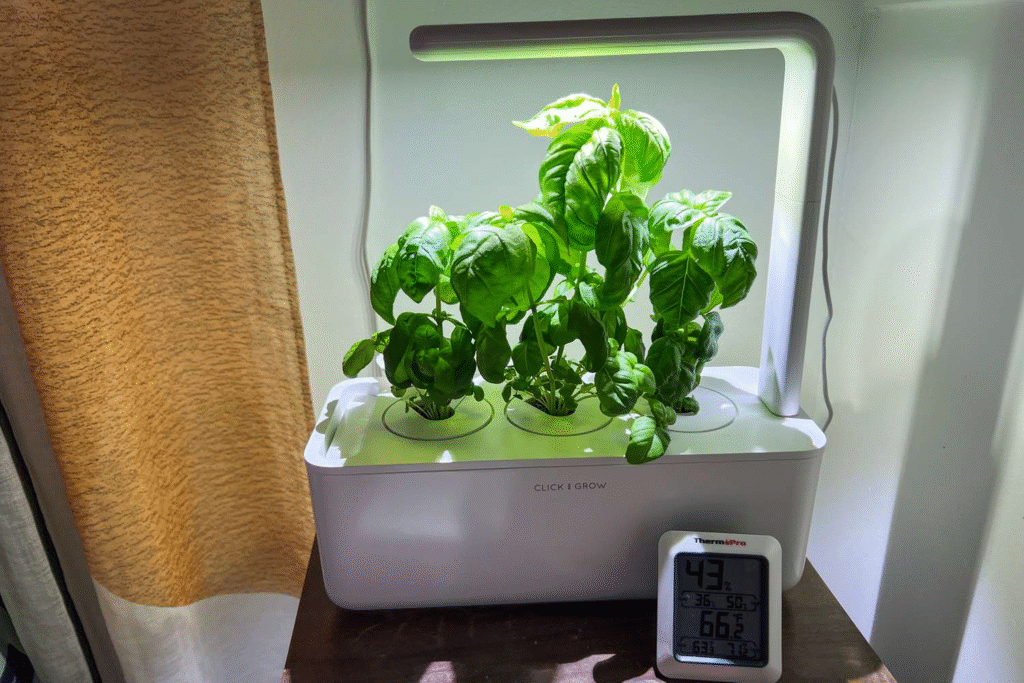
Basic Equipment Needed:
- Containers: Choose pots with drainage holes to prevent root rot
- Quality potting mix: Use a well-draining soil specifically formulated for containers
- Light source: A sunny window or grow lights for darker spaces
- Watering can: Look for a narrow spout for precise watering
- Labels: Keep track of what you’ve planted and when
- Seeds or starter plants: Begin with either, though starter plants provide faster results
- Scissors or pruning shears: For clean harvesting that promotes growth
Choosing the Right Indoor Herb Garden Kit
Indoor herb garden kits range from basic to advanced. Consider these options based on your needs:
1. Simple Pot-Based Kits
- Best for: Beginners with adequate natural light
- Features: Basic pots, soil, and seeds
- Maintenance level: Moderate (regular watering required)
2. Self-Watering Herb Gardens
- Best for: Busy individuals or those who travel frequently
- Features: Water reservoir system that provides consistent moisture
- Maintenance level: Low (refill reservoir weekly)
- Benefits: Reduces watering frequency by up to 40% and helps prevent both over and under-watering
3. Hydroponic Systems
- Best for: Tech-savvy gardeners seeking optimal growth
- Features: Soilless growing medium, nutrient solution, often with built-in lighting
- Maintenance level: Low-moderate (monitoring nutrient levels)
- Benefits: Faster growth, cleaner setup, no soil mess
4. Smart Garden Systems
- Best for: Those wanting a foolproof, automated approach
- Features: Built-in grow lights, automatic watering, sometimes app connectivity
- Maintenance level: Very low (occasional water/nutrient refills)
- Benefits: Takes guesswork out of growing conditions
The Easiest Herbs to Grow Inside
Not all herbs adapt equally well to indoor conditions. These varieties are known for their resilience and adaptability to indoor environments:
Basil
- Light needs: Bright direct light, 6+ hours daily
- Water needs: Consistent moisture, doesn’t like to dry out
- Growing tips: Pinch regularly to prevent flowering and encourage bushiness
- Culinary uses: Perfect for Italian dishes, pesto, salads, and tomato-based recipes
Mint
- Light needs: Tolerates partial shade, but prefers good light
- Water needs: Regular moisture, but allow to dry slightly between waterings
- Growing tips: Grows vigorously—keep in its own container to prevent overtaking other herbs
- Culinary uses: Tea, cocktails, desserts, Mediterranean and Middle Eastern dishes
Chives
- Light needs: Bright light but can tolerate partial shade
- Water needs: Moderate, allowing soil to dry slightly between waterings
- Growing tips: Cut outer stems first, leaving inner growth for continued production
- Culinary uses: Garnish for soups, potatoes, eggs, and salads
Parsley
- Light needs: Bright light to partial shade
- Water needs: Consistent moisture
- Growing tips: Tolerates cooler indoor temperatures well
- Culinary uses: Mediterranean dishes, soups, sauces, salads, and garnishes
Thyme
- Light needs: Bright direct light
- Water needs: Allow to dry between waterings
- Growing tips: Drought tolerant and prefers drier conditions; excellent for neglectful gardeners
- Culinary uses: Meat dishes, stews, soups, and Mediterranean cuisine
Rosemary
- Light needs: Maximum sunlight possible (6+ hours)
- Water needs: Allow to dry between waterings, but not completely
- Growing tips: Needs good air circulation to prevent powdery mildew
- Culinary uses: Roasted meats, potatoes, bread, and infused oils
Oregano
- Light needs: Bright direct light
- Water needs: Allow to dry between waterings
- Growing tips: Prune regularly to prevent woodiness and encourage bushy growth
- Culinary uses: Italian and Greek dishes, pizza, tomato sauces
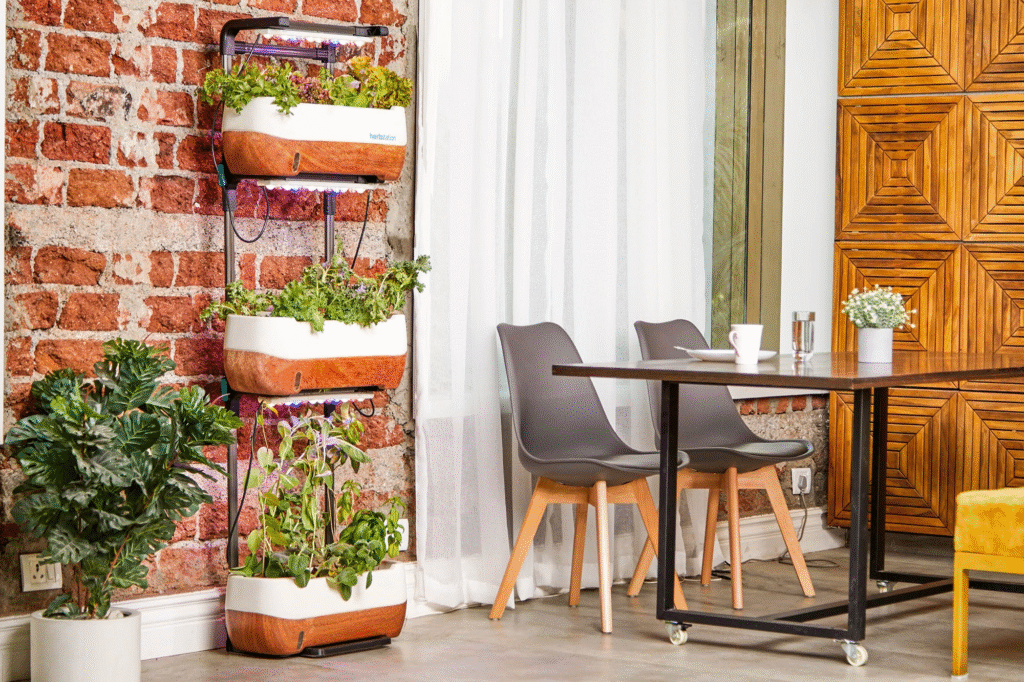
How to Grow Herbs Indoors Year-Round
Following these essential practices will help ensure your indoor herb garden thrives regardless of season:
1. Lighting Essentials
For most herbs, lighting is the most critical factor for indoor success:
- South-facing windows provide the strongest natural light
- East or west-facing windows work for more shade-tolerant herbs
- Supplemental lighting becomes necessary in winter months or in darker homes
- Grow lights should be positioned 6-12 inches above plants, running 12-16 hours daily
- Rotate plants regularly to ensure even growth
2. Temperature and Humidity Considerations
Most culinary herbs originate from Mediterranean climates and prefer:
- Daytime temperatures: 65-75°F (18-24°C)
- Nighttime temperatures: No lower than 55-60°F (13-15°C)
- Avoid cold drafts from windows or heat vents
- Maintain moderate humidity (40-60%)
- Increase humidity by grouping plants, using pebble trays with water, or running a humidifier in winter
3. Watering Wisdom
Proper watering prevents the most common herb garden failures:
- Check soil moisture before watering (top inch should feel dry)
- Water at soil level rather than on foliage
- Ensure good drainage to prevent root rot
- Adjust frequency based on environmental conditions (heat, humidity, light)
- Use room-temperature water to avoid shocking plant roots
4. Self-Watering Systems: A Game-Changer for Indoor Herb Success
Self-watering herb garden kits solve many common problems for indoor growers:
- How they work: These ingenious systems use a reservoir beneath the growing containers that supplies water through capillary action as the soil dries, creating a consistent moisture level
- Benefits include:
- Reduced watering frequency (typically once weekly vs. multiple times)
- Prevention of both over and under-watering
- Maintenance of optimal moisture levels during growth
- Perfect for travelers or forgetful gardeners
- More efficient water usage with less waste
- Healthier root systems and more productive plants
5. Soil and Nutrition
Proper growing medium ensures healthy plants:
- Use high-quality potting mix specifically formulated for containers
- Mediterranean herbs (rosemary, thyme, sage) prefer less fertile, faster-draining soil
- Leafy herbs (basil, parsley, cilantro) benefit from more fertile, moisture-retentive soil
- Fertilize lightly every 4-6 weeks during active growth with half-strength liquid organic fertilizer
- Reduce fertilizing in winter when growth naturally slows
Maintaining Your Indoor Herb Garden
Keep your herb garden productive with these ongoing care practices:
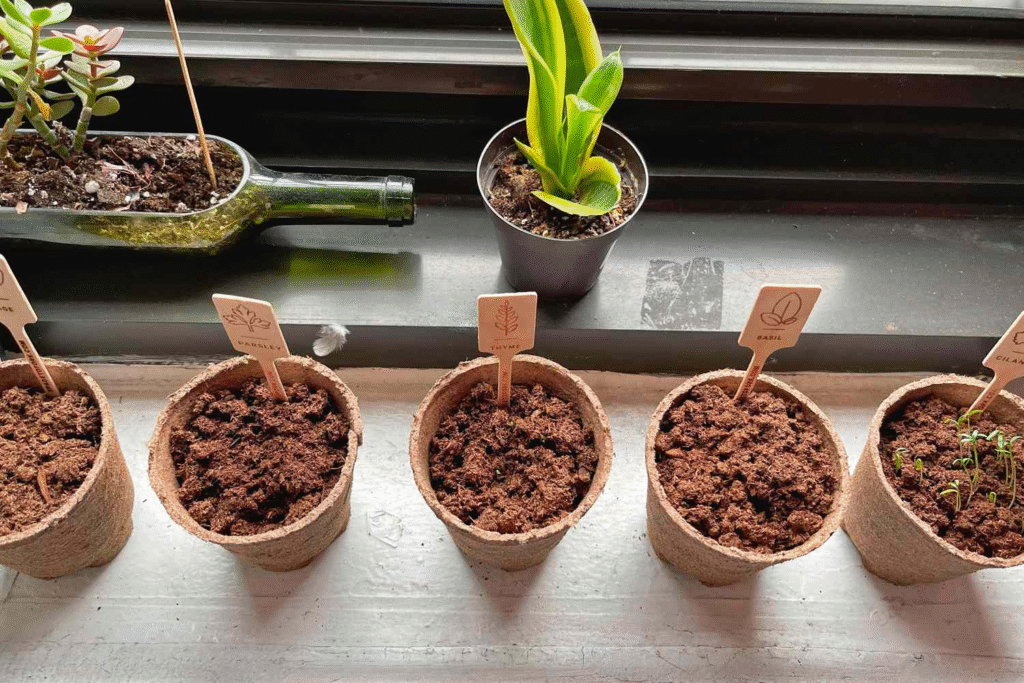
Regular Harvesting
Contrary to intuition, regular harvesting benefits herbs:
- Encourages branching and fuller growth
- Prevents flowering (which can make leaves bitter)
- Harvest in morning when essential oil concentration is highest
- Cut no more than 1/3 of the plant at once
- Use sharp scissors for clean cuts that heal quickly
Pest Management
Indoor herbs can still encounter pest issues:
- Inspect regularly for aphids, spider mites, and whiteflies
- Treat infestations early with insecticidal soap or neem oil
- Provide good air circulation to discourage fungal issues
- Isolate new plants before introducing them to your herb garden
- Avoid overwatering which attracts pests and causes root problems
Repotting and Refreshing
Maintain vitality through regular renewal:
- Repot annual herbs like basil and cilantro every 3-4 months
- Refresh perennial herbs like rosemary and thyme annually
- Increase pot size as plants grow
- Divide spreading herbs like mint and oregano when they become crowded
- Replace soil to provide fresh nutrients
Troubleshooting Common Indoor Herb Garden Issues
Even the most attentive gardeners encounter challenges. Here are solutions to common problems:
Leggy, Sparse Growth
- Cause: Insufficient light
- Solution: Move to brighter location or add supplemental lighting
- Prevention: Rotate plants regularly and ensure adequate light from the start
Yellowing Leaves
- Cause: Overwatering or nutrient issues
- Solution: Allow soil to dry more between waterings; check drainage
- Prevention: Self-watering systems help maintain optimal moisture levels
Brown Leaf Tips
- Cause: Low humidity or excess fertilizer
- Solution: Increase humidity; flush soil if over-fertilized
- Prevention: Group plants together or use humidity trays
Pest Infestations
- Cause: Stress, poor air circulation, or contaminated soil
- Solution: Treat with insecticidal soap or neem oil
- Prevention: Regular inspection and good growing conditions
Slow Growth
- Cause: Insufficient light, nutrients, or improper temperature
- Solution: Adjust growing conditions; fertilize lightly
- Prevention: Create optimal microclimate for herbal success
Harvesting and Using Your Indoor Herbs
Make the most of your indoor herb garden with these harvesting best practices:
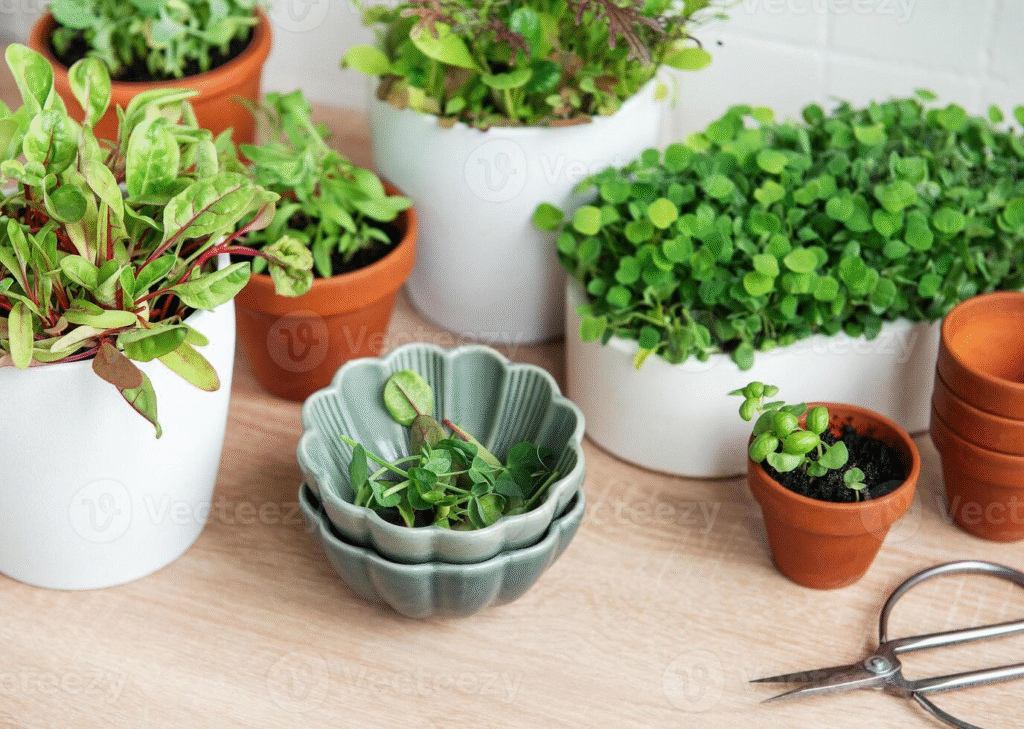
Harvesting Techniques
- Morning harvesting captures peak flavor
- Cut stems above leaf nodes to encourage branching
- Harvest outer leaves first to allow center growth to continue
- Use sharp scissors for clean cuts that heal quickly
- Take only what you need unless specifically pruning for shape
Preserving Excess Harvest
When your garden produces more than you can use immediately:
- Air drying: Bundle stems and hang upside down in a warm, dark place
- Freezing: Chop herbs and freeze in water or oil in ice cube trays
- Herb butter: Mix chopped herbs with softened butter, shape, and freeze
- Infused oils and vinegars: Steep fresh herbs for flavored cooking ingredients
- Herb salt: Mix chopped herbs with coarse salt for a seasoning blend
Conclusion: The Self-Sustaining Kitchen Garden
An indoor herb garden kit transforms your relationship with both cooking and gardening. Beyond providing fresh flavors for your culinary adventures, it creates a sustainable cycle of growth and harvest that connects you more deeply to your food. The initial investment in a quality system—particularly a self-watering setup that eliminates much of the guesswork and maintenance—pays dividends in both culinary enhancement and satisfaction.
Whether you’re a novice starting with a simple self-watering kit and a few basic herbs or an enthusiast creating an elaborate indoor growing system, the rewards of fresh herbs throughout the year make indoor herb gardening one of the most accessible and gratifying forms of cultivation. Start small, observe closely, and soon you’ll be expanding your indoor herb repertoire to include more varieties and techniques as your confidence—and your kitchen’s flavor profile—grows.
By following the guidance in this article, you’ll be well on your way to maintaining a thriving indoor herb garden that provides fresh, flavorful ingredients for your cooking all year long, regardless of the season or weather outside your windows.
